Why do you think of Rose Summer whenever you mention Panamanian coffee?

When talking to guests about rosy summer coffee in front of the street, people always think of the rosy summer in Panama first, and when it comes to Panamanian coffee, some friends even default to the rose summer breed. Why?
It is obvious that there are so many places to grow rose summer all over the world, including not only Panama, but also Ethiopia, Costa Rica, Colombia and Guatemala. They all have rosy summers of good quality, each with a unique flavor spectrum. Why is it still represented by the rose summer produced in Panama? In front of this article, I will tell you the story of the rosy summer of Panama.
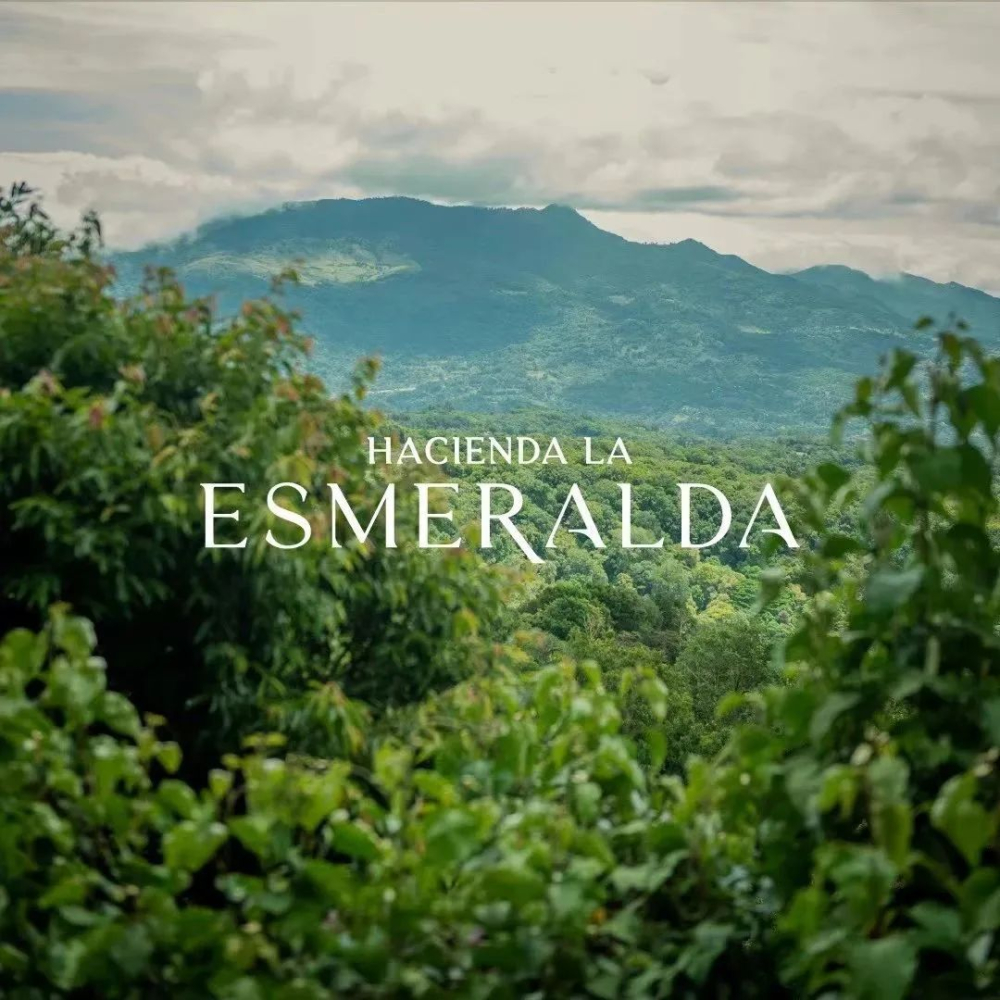
The charm of Rose Summer
Before Rosa rose became famous, it did not get much attention from growers because of its tall and thin tree shape, poor disease resistance, low yield and the average flavor of the species at lower elevations. In 2004, Rose Summer really entered the BOP "Best Barnabas Raw Bean Competition" on the international coffee stage, showing exquisite jasmine and profound fruit aromas, shocked all the judges present, and was given an unprecedented high score, winning the championship of that year. Since then, the price of Rosa Coffee has reached record highs, and its reputation has spread all over the world.
The reason why Rose Summer is popular with coffee people is different from the thick black coffee in the traditional impression, it is more like a cup of fresh flower and fruit tea. With rich aromas and complex fruit flavors, reminiscent of a series of unusual aromas. At different temperatures, you can feel the delicate texture and sweet and sour fruit flavor fill the whole mouth. Rose summer has such extraordinary flavor characteristics that it has become the "ceiling" of many coffee people. What makes Rose Summer so popular is the Bole Jade Manor of Rose Summer Coffee.
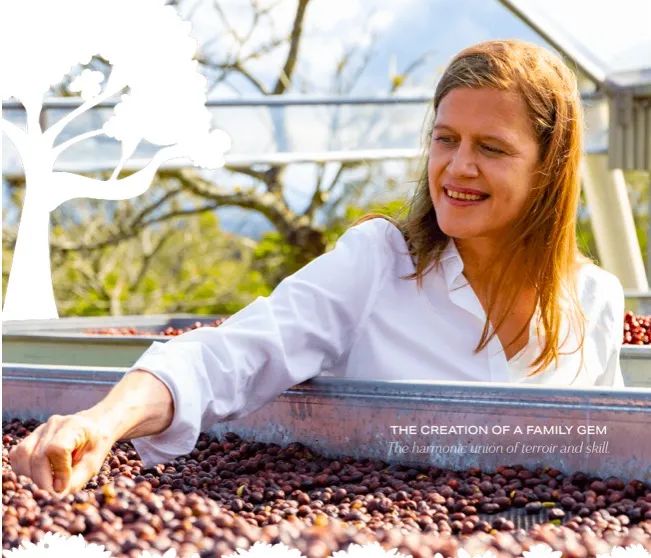
How does the Emerald Manor dig out the rose summer?
Like many Arabica varieties, Rosa comes from Ethiopia, the birthplace of coffee. In 1931, Rosa was first collected in the wild Kaffa Caffa forest south of Ethiopia in search of new disease-resistant varieties, named after the nearby Geisha Mountain. Later, after being transferred to Kenya, Uganda, Tanzania and other institutes for trial planting, the rose summer seed came to the Tropical Plant Research Center CATIE in Costa Rica in 1953 and was recorded as "T2722". There are records of planting on many local farms, but the branches of Rosa rugosa are fragile and the yield is not high, so they are not favored by farmers and are not widely planted.
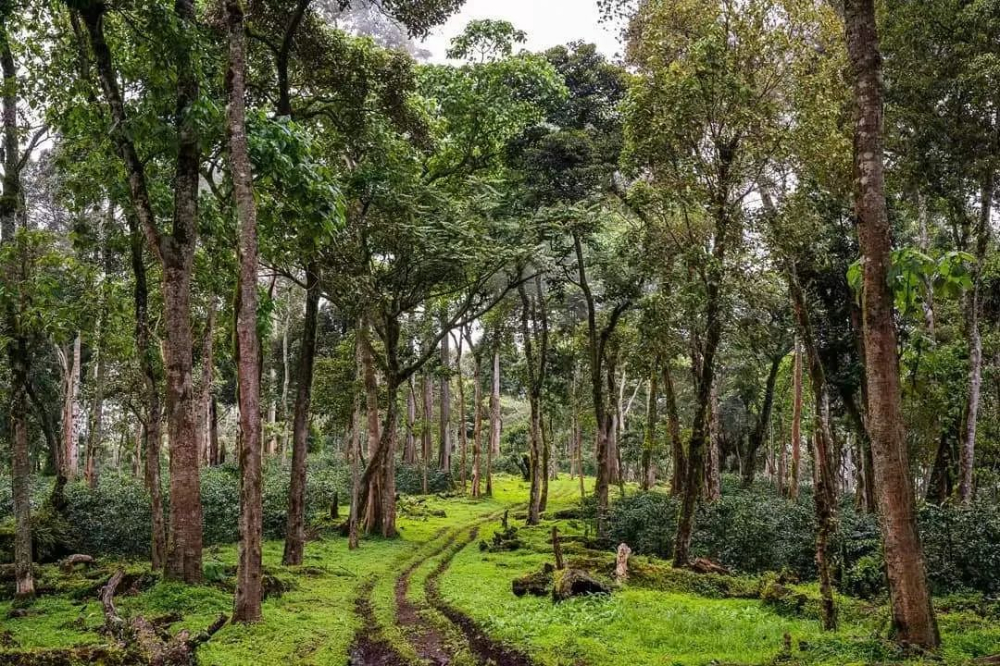
In the 1960s, CATIE gave T2722 Rose Summer to coffee farmers in Panama, and Rose Summer began to enter the promised land of Panama. In the 1990s, the Peterson family, the owner of the emerald estate, began to attach importance to coffee production and acquired a new high-altitude farm, Haramillo Jaramillo. Many coffee trees on the farm have leaf rust, but Daniel Peterson (Daniel Peterson) noticed that the rose summer tree was not seriously hurt, so they decided to transplant the rose summer, which was originally mixed with other varieties, to more areas of the farm and increase its altitude.
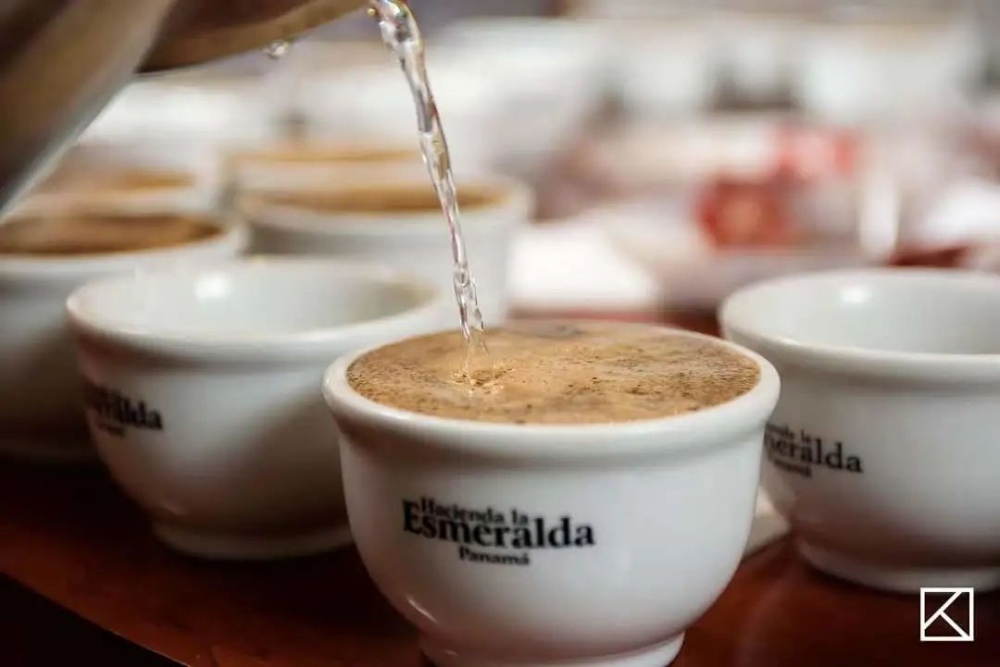
In 2003, the Peterson family finally discovered the potential of Rose Summer. When it was tested for the first time, it showed a very strong aroma of white flowers, extremely clean taste, showing a berry, citrus, bergamot-like finish, thus forming a very typical Panamanian Rosa flavor. The amazing crowd decided to take it to the 2004 BOP (Best Panamanian Coffee) competition and named it "Geisha". So today's stunning Panamanian rosy summer coffee is the T2722 variety of that year.
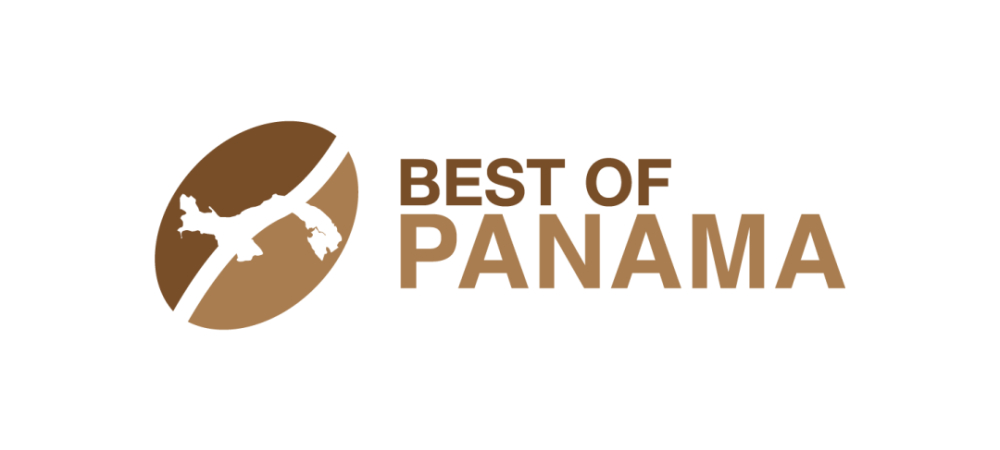
Why is Panama's Rose Summer the most famous?
As we all know, coffee is a kind of crop, and its flavor is not only affected by varieties, but also affected more or less by local factors, post-treatment, roasting and brewing. In other words, even if the same rose summer varieties as the jadeite manor are planted, they may not be able to produce the same characteristics of orange honey rhyme.
Panama's coffee-producing areas are mainly concentrated in the Poquet Valley in the western highlands and the Walken area around the Baru volcano, including Emerald Manor, as well as the familiar Erida Manor, Jensen Manor and Hartman Manor.
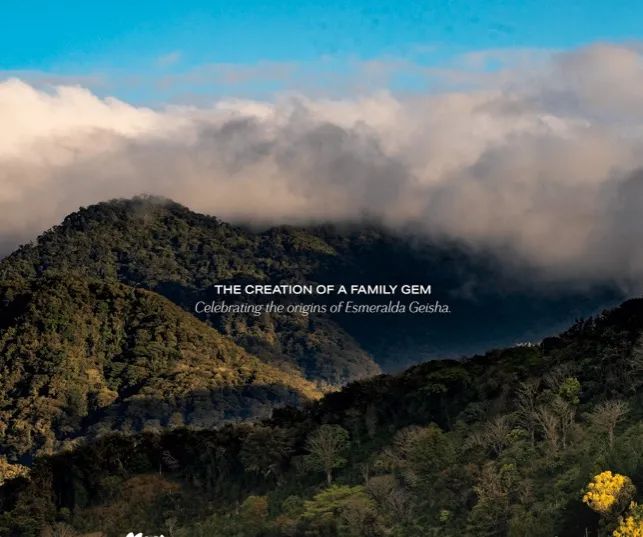
In terms of the Pokuit producing area where the Emerald Manor is located, it is one of the small towns in Chiriki province, near the plateau on the eastern side of the Baru volcano, about 1000-2000 meters above sea level, facing the warm and humid Caribbean monsoon and the cold Atlantic current on the back, with high and steep mountains. Baru Volcano National Park is an ecological conservation area with rich biodiversity and seven microclimates, coupled with year-round mist and abundant rainfall, creating good local planting conditions. Thanks to these unique local conditions, the Rose Summer Coffee here absorbs all kinds of essence and transforms into elegant flowers and fruits and changeable levels of acidity. Naturally, it also frequently appears in various competitions to get excellent rankings.
Qianjie believes that in addition to innate factors, it is inseparable from the silent efforts of Panamanian local growers that Rosa Xia can have such excellent flavor performance and such super popularity. Compared with other producing areas, Panamanian coffee estates have more planting experience in rose summer varieties, including fresh fruit picking quality, fineness and differentiation of treatment methods, late flaw removal screening, and so on. The quality of rose summer produced under such considerate and meticulous management is naturally higher.
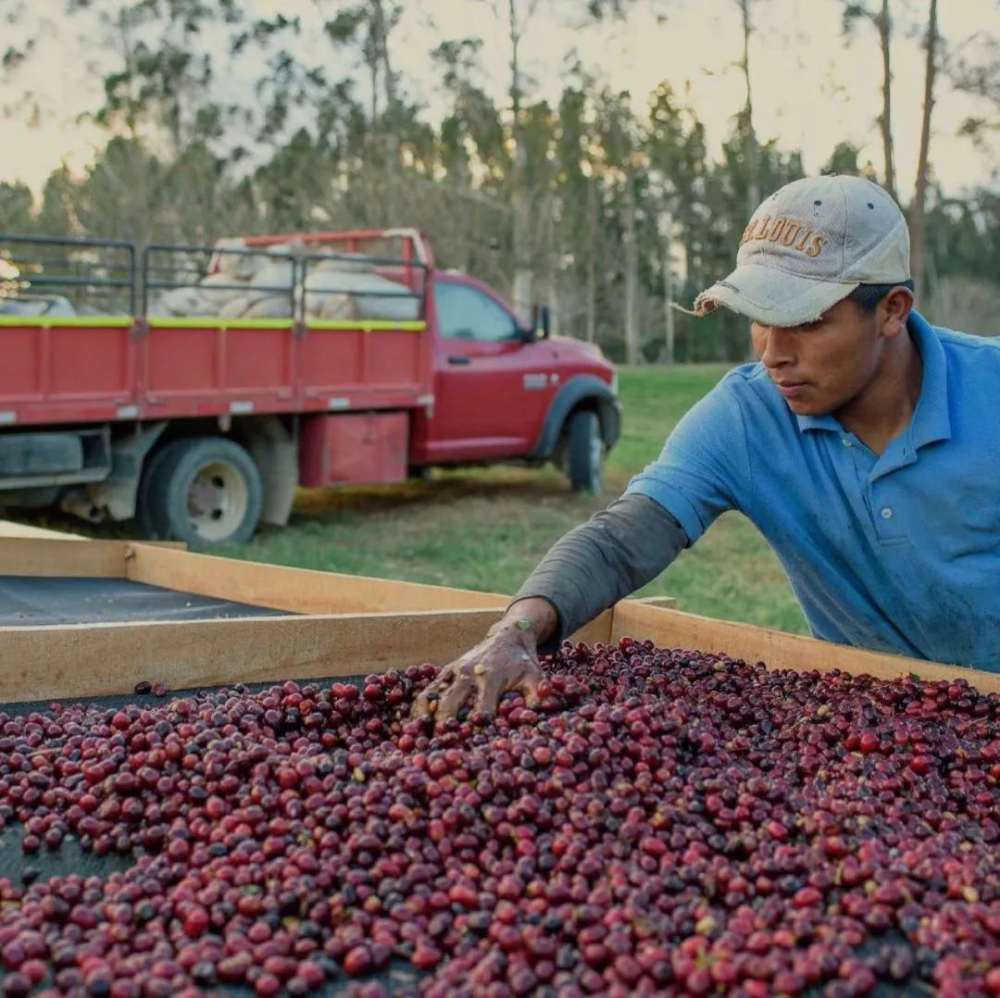
So, if you are also curious about this mythical variety and want to taste the legendary taste of Rose Summer, Qianjie suggests that you start from Panama, where Rosa became famous.
-END-
Front Street Cafe
No. 10 Baoqian street, Yandun road, Dongshankou, Yuexiu district, Guangzhou, Guangdong province

Important Notice :
前街咖啡 FrontStreet Coffee has moved to new addredd:
FrontStreet Coffee Address: 315,Donghua East Road,GuangZhou
Tel:020 38364473
- Prev

Introduction to the characteristics of authentic blue mountain coffee bean producing areas? What is the CIB Coffee Authority in Jamaica?
The Jamaican Blue Mountain Coffee Industry does not belong to the "genius" type that came out of nowhere. It has gone through twists and turns to become the Blue Mountain Coffee that people say today. Behind the success of Blue Mountain, it is inseparable from an association. Because of the establishment and operation of this association, Blue Mountain Coffee is famous all over the world. Blue Mountain Coffee was born in Galle.
- Next

What is the effect of different water quality on the flavor of cold-extracted coffee? What kind of water is best for brewing coffee?
A pot of freshly brewed black coffee consists of a small amount of flavor substances and most of the water. In order to make the coffee taste good, in addition to the water temperature, water quality also plays a vital role. Experienced partners should know that the composition of drinking water varies with the brand of drinking water, and the softness, hardness and acidity are different.
Related
- Detailed explanation of Jadeite planting Land in Panamanian Jadeite Manor introduction to the grading system of Jadeite competitive bidding, Red bid, Green bid and Rose Summer
- Story of Coffee planting in Brenka region of Costa Rica Stonehenge Manor anaerobic heavy honey treatment of flavor mouth
- What's on the barrel of Blue Mountain Coffee beans?
- Can American coffee also pull flowers? How to use hot American style to pull out a good-looking pattern?
- Can you make a cold extract with coffee beans? What is the right proportion for cold-extracted coffee formula?
- Indonesian PWN Gold Mandrine Coffee Origin Features Flavor How to Chong? Mandolin coffee is American.
- A brief introduction to the flavor characteristics of Brazilian yellow bourbon coffee beans
- What is the effect of different water quality on the flavor of cold-extracted coffee? What kind of water is best for brewing coffee?
- Why do you think of Rose Summer whenever you mention Panamanian coffee?
- Introduction to the characteristics of authentic blue mountain coffee bean producing areas? What is the CIB Coffee Authority in Jamaica?

